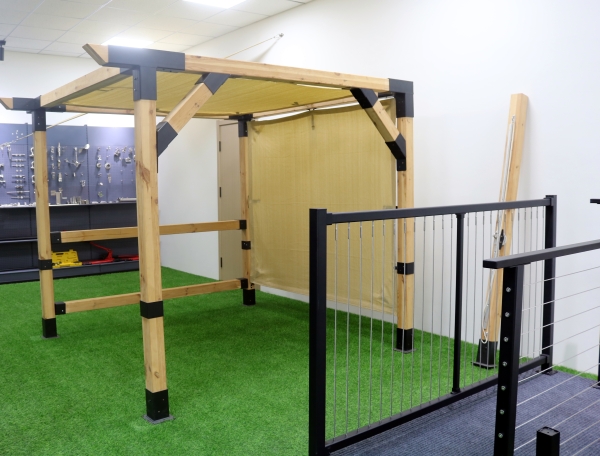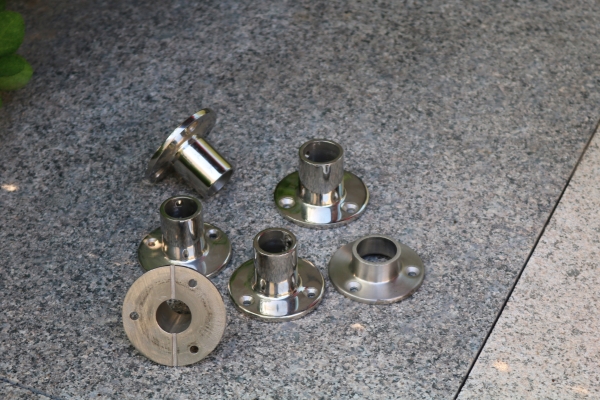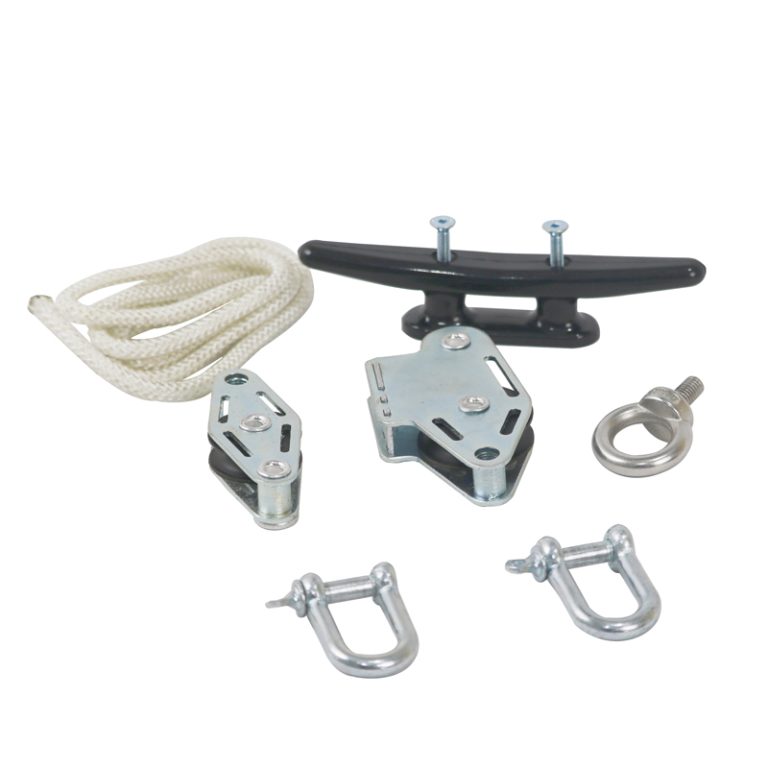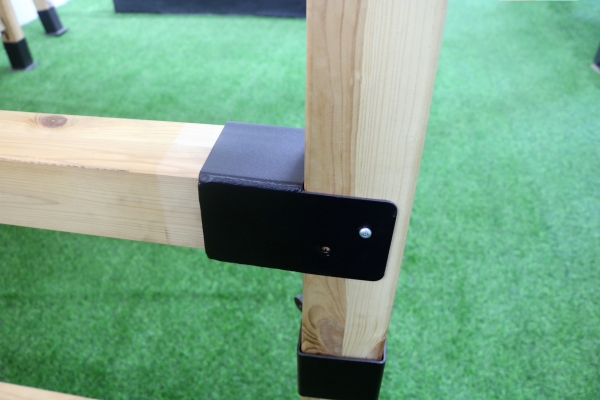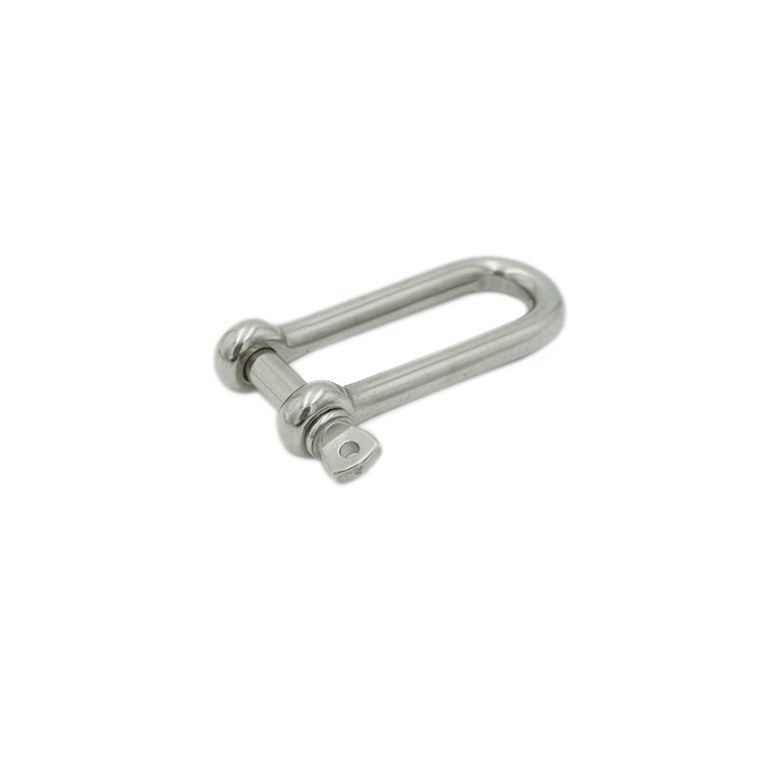Table of Contents
Factors Affecting the Cost of Stainless Steel Bolts
Stainless steel bolts are a common fastening solution used in a wide range of industries, from construction to automotive to aerospace. The cost of stainless steel bolts can vary significantly depending on a number of factors. Understanding these factors is crucial for businesses and individuals looking to purchase stainless steel bolts for their projects.
One of the primary factors that affects the cost of stainless steel bolts is the grade of stainless steel used. Stainless steel is available in a variety of grades, each with its own unique properties and characteristics. The most common grades used for bolts are 304 and 316 stainless steel. 304 stainless steel is a versatile and widely used grade that offers good corrosion resistance and strength. 316 stainless steel, on the other hand, is a higher grade that offers even better corrosion resistance, particularly in harsh environments such as marine applications. As a result, 316 stainless steel bolts are typically more expensive than 304 stainless steel bolts.
In addition to the grade of stainless steel used, the size and length of the bolt can also impact its cost. Larger and longer bolts require more material to manufacture, which can drive up the cost. Similarly, bolts with special features such as threading, coatings, or custom designs may also be more expensive than standard bolts.
The quantity of bolts being purchased is another important factor to consider when pricing stainless steel bolts. In general, the more bolts that are purchased, the lower the cost per bolt. This is because manufacturers can achieve economies of scale when producing larger quantities of bolts, leading to lower production costs that can be passed on to customers.
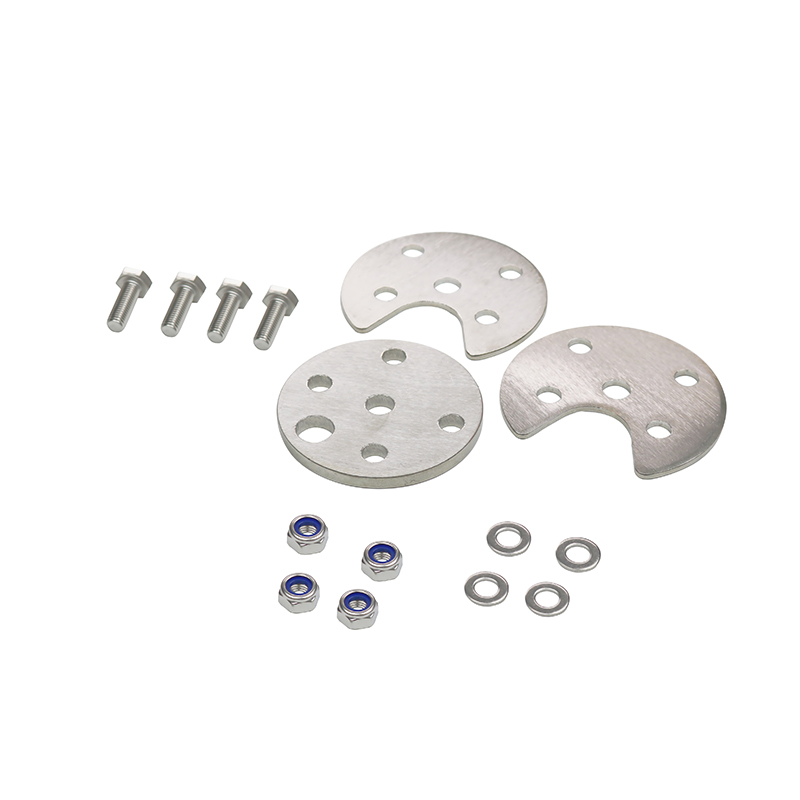
The manufacturing process used to produce stainless steel bolts can also affect their cost. For example, bolts that are cold-forged or machined to tight tolerances may be more expensive than bolts that are simply stamped out of sheet metal. Additionally, bolts that require special heat treatments or surface finishes may also be more costly to produce.
Another factor that can impact the cost of stainless steel bolts is the market demand for stainless steel. Like any commodity, the price of stainless steel can fluctuate based on supply and demand dynamics. If demand for stainless steel bolts is high, prices may increase. Conversely, if demand is low, prices may decrease.
It is also important to consider the cost of shipping and handling when pricing stainless steel bolts. Stainless steel bolts are heavy and bulky, which can make shipping costs significant, especially for large quantities. Additionally, handling fees may apply if special packaging or delivery requirements are needed.
In conclusion, there are a number of factors that can affect the cost of stainless steel bolts. These include the grade of stainless steel used, the size and length of the bolt, the quantity being purchased, the manufacturing process, market demand, and shipping and handling costs. By understanding these factors, businesses and individuals can make informed decisions when purchasing stainless steel bolts for their projects.
How to Determine the Right Price for Stainless Steel Bolts
Stainless steel bolts are essential components in various industries, including construction, automotive, and manufacturing. These bolts are known for their durability, corrosion resistance, and strength, making them a popular choice for many applications. When it comes to pricing stainless steel bolts, there are several factors to consider to ensure that you are getting the right price for your needs.
One of the key factors to consider when determining the price of stainless steel bolts is the grade of stainless steel used. Stainless steel bolts come in different grades, each with its own unique properties and characteristics. The most common grades of stainless steel bolts are 304 and 316, with 316 being the more corrosion-resistant of the two. The grade of stainless steel used in the bolts will have a significant impact on the price, with higher grades typically costing more.
In addition to the grade of stainless steel used, the size and length of the bolts will also affect the price. Larger and longer bolts will generally cost more than smaller ones, as they require more material to manufacture. The diameter and thread pitch of the bolts will also play a role in determining the price, as bolts with finer threads or larger diameters will be more expensive to produce.
Another factor to consider when pricing stainless steel bolts is the quantity that you are purchasing. In general, the more bolts you buy, the lower the price per bolt will be. This is because manufacturers can take advantage of economies of scale and produce larger quantities of bolts at a lower cost per unit. If you are purchasing a large quantity of stainless steel bolts, you may be able to negotiate a lower price with the supplier.
The quality of the stainless steel bolts will also impact the price. Higher-quality bolts that are manufactured to tighter tolerances and with better materials will generally cost more than lower-quality bolts. It is important to consider the intended use of the bolts when determining the level of quality that is required. For critical applications where safety is a concern, it may be worth investing in higher-quality bolts to ensure that they will perform as expected.
When pricing stainless steel bolts, it is also important to consider any additional features or coatings that may be required. For example, if the bolts will be exposed to harsh environments or corrosive chemicals, you may need to invest in bolts that are coated with a protective layer to prevent corrosion. These additional features will add to the cost of the bolts but may be necessary to ensure their longevity and performance.
In conclusion, pricing stainless steel bolts requires careful consideration of several factors, including the grade of stainless steel used, the size and length of the bolts, the quantity purchased, the quality of the bolts, and any additional features or coatings required. By taking these factors into account, you can ensure that you are getting the right price for your stainless steel bolts and that they will meet your needs for durability and performance.

